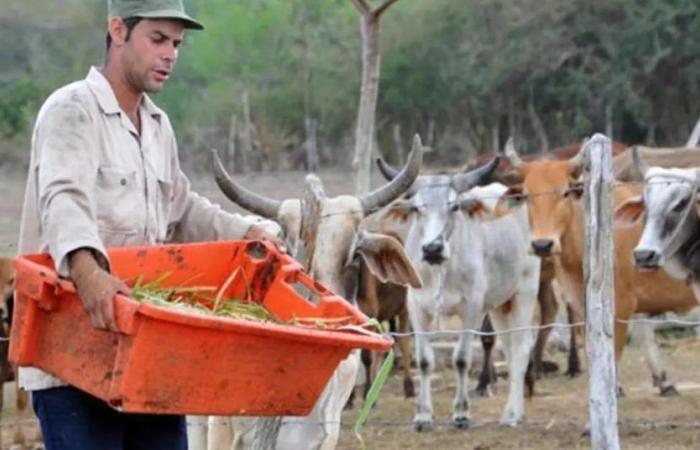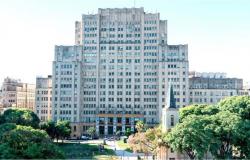Havana/Within the “exercise of control” of agricultural and livestock production that the Cuban Government has been carrying out since March, the results of Pinar del Río, the province whose turn it has been these days, follow the trend of the entire country . As published this WednesdayGranmaIn the western province, a total of 1,900 “illegalities” were recorded in the livestock sector and 6,800 in the use and ownership of land.
“The main irregularities have been related to missing animals, undeclared births and people who have died and continue to appear in the records as owners of livestock,” explained the official press Lázara García, head of the Department of Genetics and Livestock Registry. of that territory. She did not detail, however, what these “irregularities” consist of.
The “serious difficulties in livestock control” in the municipality are due, he added, to the fact that Pinar del Río “only has 18 livestock control inspectors to serve a universe of more than 21,700 producers.” This makes one hundred percent inspection “impossible.”
“The main irregularities have been related to missing animals, undeclared births
The official explained that in the territory, according to the records, “there are 209,532 heads of cattle and 71,900 heads of horses, but in practice these figures may be different.” Regarding land, she stressed that the main irregularities among the more than 9,600 tenants visited lie in illegal constructions, whose number is more than 4,000.
Since March 1, the Ministry of Agriculture has been carrying out a special control – which will continue until September 30 – to quantify the number of cattle in the country and thus “have a characterization of the current situation of the sector in Cuba.”
The previous control reported by the official press was in Las Tunas, where 26% of the guajiros – around 20,000 – refuse to deliver their agricultural products to the State. Since the beginning of the year, progress to solve this situation has been “tiny.”
Meanwhile, Government data indicates that, until before this exercise, in the country there were more than 200,000 people, natural and legal, who own cattle and buffalo, and about 167,000 who have horses. To have updated data, the ministry visits producers, owners and hired workers within the sector and aspires to have an adequate balance of stocks, depleted by the alarming increase in theft and slaughter.
While these exercises are carried out, sacrifices and the private sale of meat are paralyzed; Only deliveries agreed with the state sector are maintained
While these exercises are carried out, sacrifices and the private sale of meat are paralyzed; Only deliveries agreed with the state sector are maintained. This limitation is significantly affecting the supply of beef in private businesses and digital stores, which have more frequently resorted to imports to satisfy demand.
According to the latest Statistical Yearbook, published in 2023 with data from the previous year, there were 947,300 heads of horses on the Island and 3,516,400 heads of cattle, a figure that contrasts with the 6 million that were counted in the country in 1958. The next census predicts poorer figures than last year.






